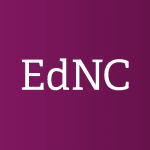Ten North Carolina schools highlighted for innovative approaches to learning
"Across the country, novel and unconventional approaches to school are changing how students engage in learning," according to a press release announcing that the Canopy Project has added 189 schools to its national database, bringing the total to 319 schools -- including 10 from North Carolina.
The Canopy Project is a collaborative effort by the Center on Reinventing Public Education and Transcend Education to surface and share diverse, innovative learning environments designed to advance equity and student-centered learning, the press release says.
Launched in 2018 by the Christensen Institute, the hope was the project would allow "education leaders, school designers, and researchers to see both the ‘trees’ -- individual schools -- and the whole ‘forest’ of schools that are innovating."
The Canopy schools in North Carolina
There are currently 10 schools in North Carolina profiled in the Canopy Project:
- N.C. A&T Aggie Academy
- Charlotte Lab School
- Crossroads FLEX in the Wake County Public School System
- David H. Petree Elementary in Winston-Salem/Forsyth County Schools
- Evergreen Community Charter School
- Lucama Elementary in Wilson County Schools
- Margaret Hearne Elementary in Wilson County Schools
- Maureen Joy Charter School
- Northeast Academy for Aerospace and Advanced Technologies (NEAAAT)
- Southeast Area Technical High School (SEA-TECH)
How to use the Canopy Project database
The database is for researchers, policy influencers, journalists, and funders, according to the user guide.
Here is the portal. Click "Go" beside "Want to search for innovative schools?" Then click "Filters" and filter by state for North Carolina. Then click "Close filter pane."
Hover on the school name or click to expand the table to see more information about each of the schools.
If you click on the school name, you will go to their website. Click to highlight the school's row, and in the upper right corner, you can click to view the school's Canopy Project profile. You can also click "Share this school's profile" to get a sharable link.
For each school, you can see the reasons they choose to innovate.
Here is the methodology behind the project.
Spotlight on Maureen Joy Charter School
Many in the EdNC audience already know Donnell Cannon.
You may remember that when he became the principal of North Edgecombe High School, he was the youngest principal in North Carolina.
You may remember when he and Jenny O'Meara led an innovative project based on student-led school redesign principles that EdNC documented in a short film, titled "We Drive It."
You may remember when he addressed the N.C. State Board of Education, urging them to run “toward the risk of figuring out how to do school differently.”
Cannon, who now serves on EdNC's board of directors, was recruited for his innovate leadership to be the executive director of Maureen Joy Charter School in Durham.
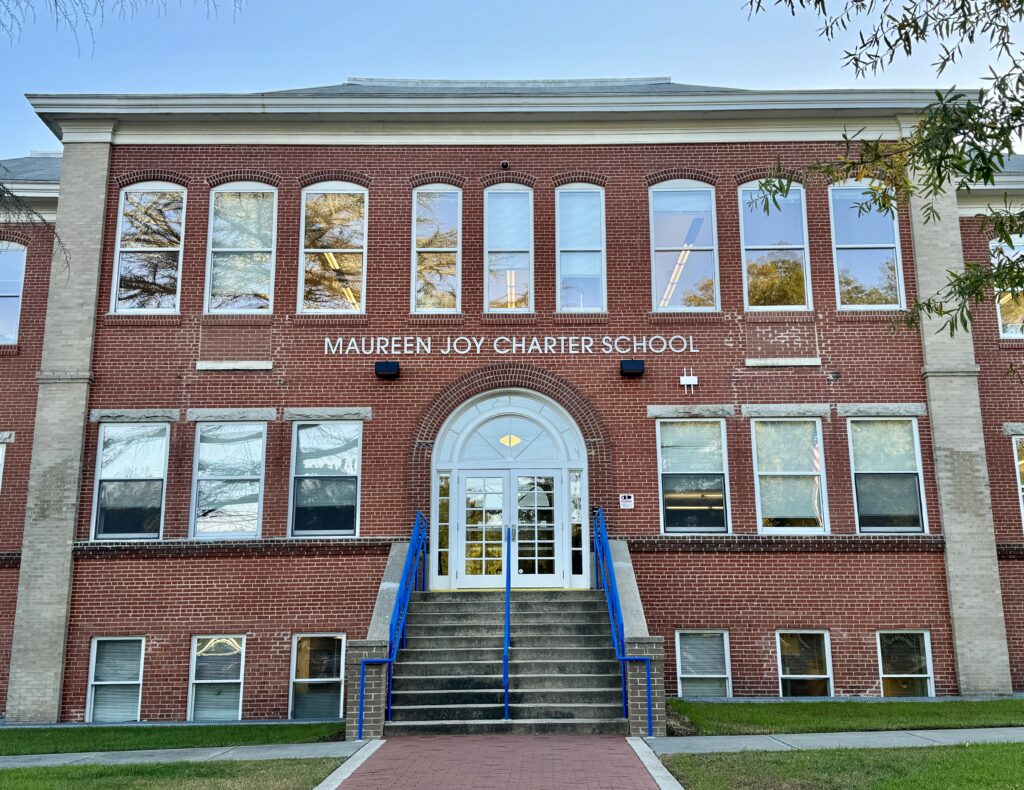
In this interesting case, the North Phillips School of Innovation served as a laboratory of innovative practices for a charter school.
Joy, as the public charter school is known, established its own "Learning Studio" in summer 2023, and the studio serves as a dedicated research and development (R&D) department for the school.
Cannon notes how little R&D happens in the education space.
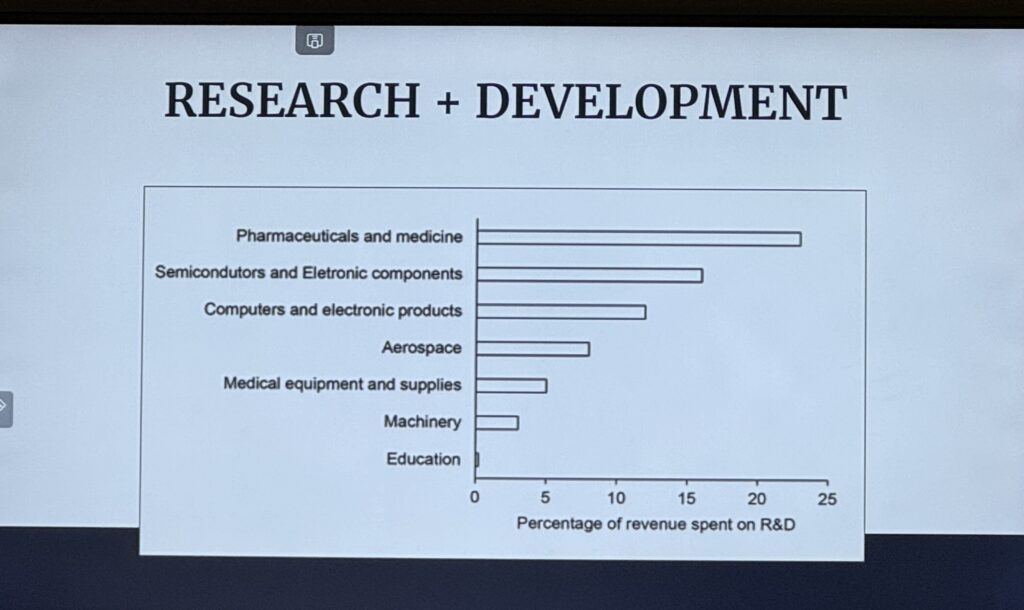
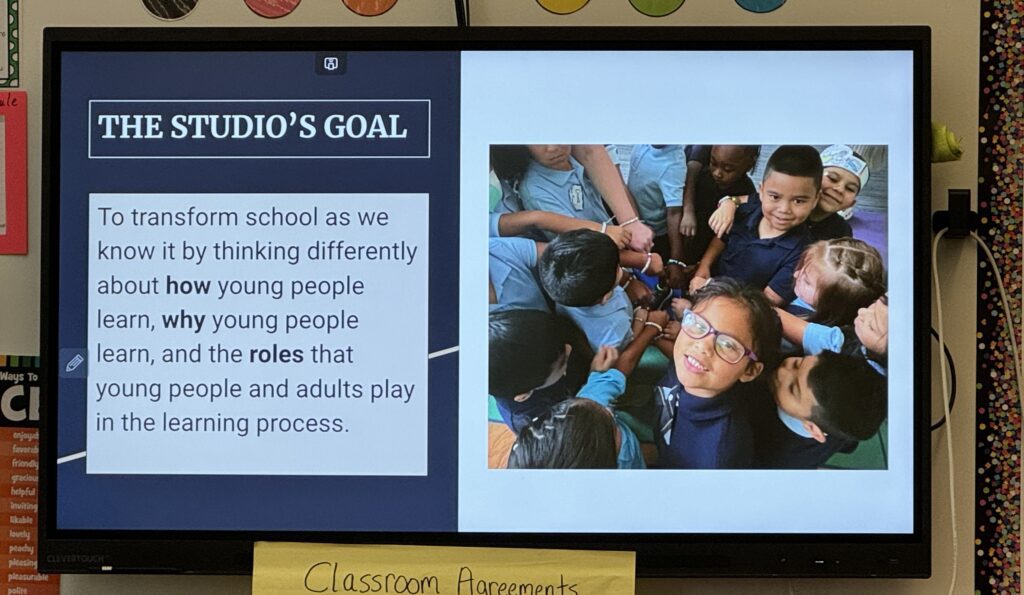
The goal is to build an entirely new model of school, centering equity, liberation, and an expanded definition of success.
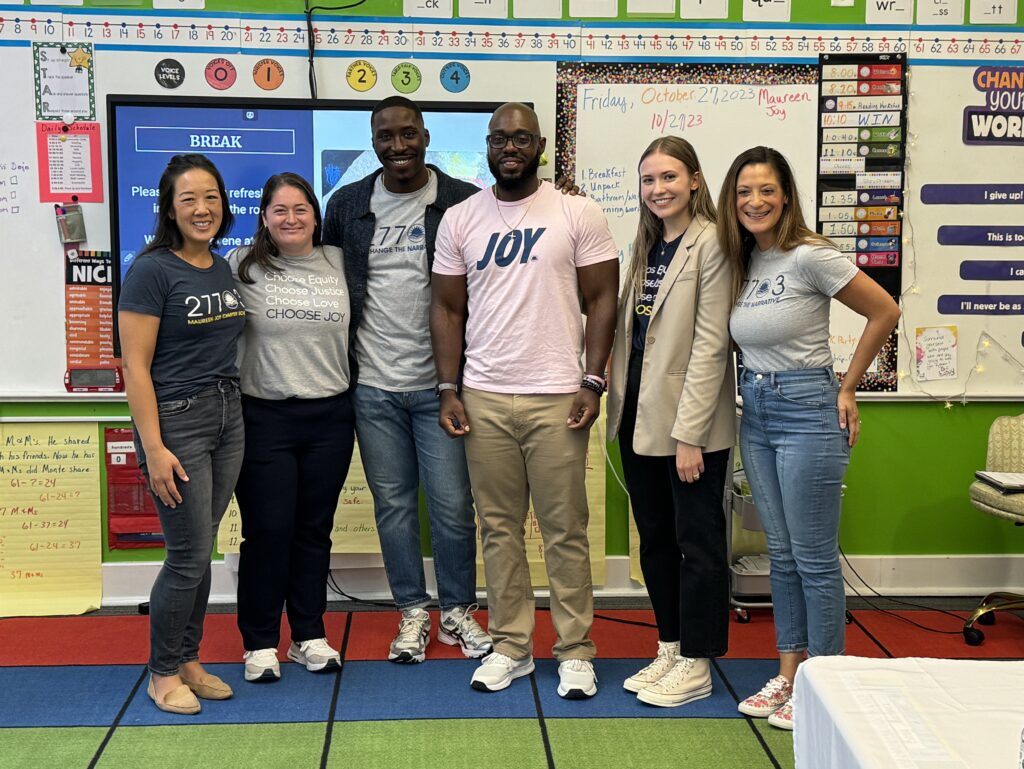
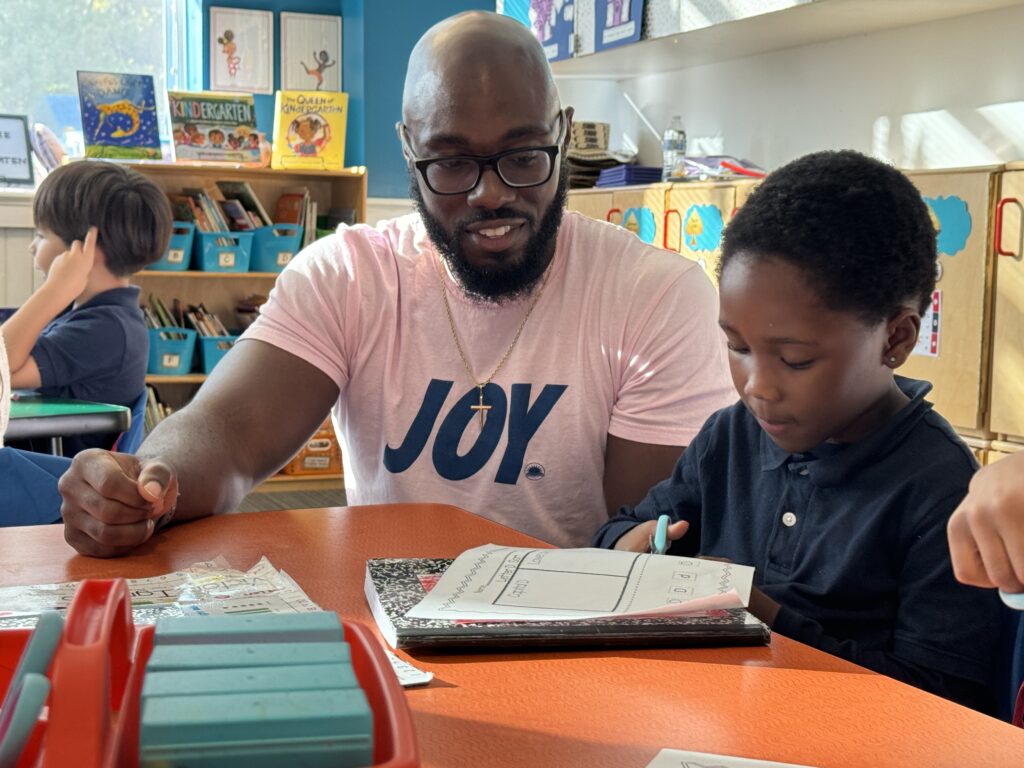
The studio will cultivate and accelerate innovation at Joy, with the hope of having the capacity to serve other schools as well and inform learning in North Carolina and beyond.
This article first appeared on EducationNC and is republished here under a Creative Commons license.